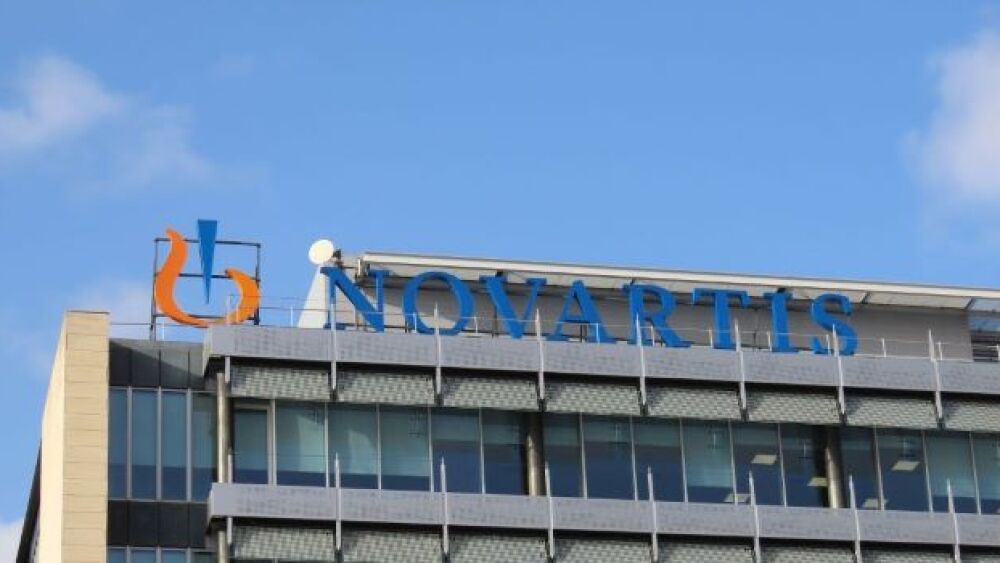New data shows Zolgensma, Novartis’ gene therapy for spinal muscular atrophy, has the potential to be used presymptomatically in juveniles.
Cristina Arias/Cover/Getty Images
New data shows Zolgensma, Novartis’ gene therapy for spinal muscular atrophy, has the potential to be used presymptomatically in juveniles. In addition, the gene treatment can lead to age-appropriate milestones in children with presymptomatic SMA.
This morning, Novartis presented its findings from a Phase III study at the European Academy for Neurology (EAN) Virtual Congress that showed the impact Zolgensma could have on presymptomatic SMA patients, as well as rapid, clinically meaningful efficacy in symptomatic children, even those with severe SMA at baseline.
Data from the Phase III SPRINT study found that 100% of the 14 children in the two-copy cohort treated presymptomatically could sit independently for longer than 30 seconds. Of those, 79% were within the World Health Organization’s window of expected normal development. In addition, a majority of patients went on to stand independently and walk independently, most within the typical range of normal development.
Left untreated, the presymptomatic SMA patients would eventually lose motor function, leading to a premature death. Ongoing data generated in Zolgensma studies shows the gene therapy treatment represents a “significant contrast to the natural history of SMA Type 1,” Novartis said.
More than 1,200 children have been treated with Zolgensma, either in the clinic or commercially, Shephard Mpofu, Chief Medical Officer of Novartis Gene Therapies said. The latest data reinforces the “life-changing benefit” of the one-time gene therapy treatment, Mpofu added.
“When treated with Zolgensma prior to the onset of symptoms, not only did all patients survive, but were thriving — breathing and eating on their own and sitting independently, with many standing and walking. When you consider these newborns would go on to develop severe symptoms of SMA Type 1, a devastating, progressive disease that robs children of the ability to talk, eat, sit up and even breathe, findings from the SPR1NT trial are nothing short of extraordinary,” Mpofu said in a statement.
In addition to the SPRINT data, Novartis also revealed data from the Phase III STRIVE-EU study that showed treatment with Zolgensma yielded rapid improvements in motor function. The majority of patients, 82%, achieved motor milestones not observed in the natural history of SMA Type 1, including those with more severe forms of the disease. Of those, 79% were able to stand independently, seven of whom achieved this milestone within the WHO window of normal development.
Eugenio Mercuri of the Department of Pediatric Neurology at Catholic University in Rome said the STRIVE-EU study included some patients who had a more severe SMA diagnosis at baseline. However, the study showed Zolgensma generated a “consistent and significant therapeutic benefit” for the children with a symptomatic SMA 1.
“This is a remarkable outcome that adds to the robust body of clinical evidence for Zolgensma showing that even among patients with more severe disease, Zolgensma was highly effective and demonstrated a consistent safety profile,” Mercuri said in a statement.
Spinal Muscular Atrophy is a fatal genetic neuromuscular disease marked by progressive, debilitating muscle weakness in infants and toddlers. A mutation in the SMN1 gene causes the disease.
SMA is characterized by loss of motor neurons in the spinal cord and lower brain stem, which results in severe and progressive muscular atrophy and weakness. Over time, patients with the most severe form of SMA can become paralyzed and have difficulty breathing and swallowing, leading to death.
SMA 1 is the most common form of SMA, accounting for approximately 60% of all cases. It is estimated that SMA affects about one in 11,000 infants.
Zolgensma was first approved by the U.S. Food and Drug Administration in 2019. The one-time gene therapy has a list price of $2.125 million, making it the most expensive drug on the market. However, current 10-year costs of SMA treatment are in excess of $4 million.
The only other SMA drug approved is Biogen’s Spinraza. That drug, which was approved with a broad use label for SMA Types 1, 2, and 3, has a price of $750,000 for the first year of treatment. The price then drops to $375,000 per year for the remainder of the patients’ lives.





